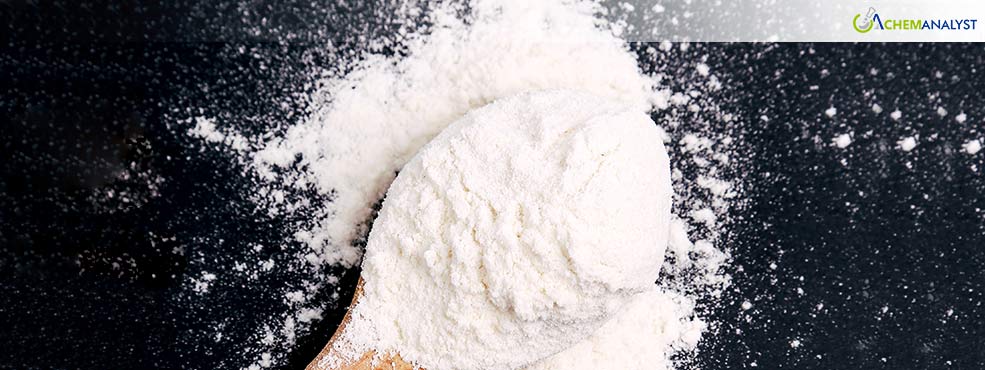Welcome To ChemAnalyst

In March 2025, Dipotassium EDTA prices in India shows stabilization compared to the last month. After a period of decline in prices, the downward trend has slowed in March with prices seeing only a slight drop of 0.38% compared to February. This stabilization comes after a phase of sluggish end-user demand particularly in prominent sectors such as pharmaceutical and agriculture. The dipotassium EDTA is widely applied in agriculture, pharmaceuticals and nutraceuticals and the market for this critical chelating agent had been under pressure from external economic conditions which is affecting demand and supply chains.
The Indian dipotassium EDTA market saw a nominal dip in prices and this decline was initially fuelled by decreased activity in major consumer industries resulting in oversupply of dipotassium EDTA. Now the trend is reversing as one of the raw material formaldehyde prices are increasing and is helping to bring stability to the dipotassium EDTA market. Also, the demand from the agricultural sector, which is the largest consumer of dipotassium EDTA is also indicating growth. Thus, the adverse price trend is starting to decelerate and the market beginning to stabilize. As March winds down, it is expected that the dipotassium EDTA market will also sustain such stability, heralding an era of stability and balance following the volatility that has been witnessed in previous months.
ChemAnalyst observed that the market for dipotassium EDTA is expected to stabilize in the near term. Several factors are likely to drive the trend in prices. The weak demand from customers could improve gradually, particularly with the pickup in seasonal farm activities. Also, higher raw material costs, such as formaldehyde, and better supply chain situations will result in price hike. But the overall market will be heavily reliant on the international economic scenario and local production capacity. Any alterations in global trade patterns, policy changes or volatility in the currency exchange rates may directly influence dipotassium EDTA prices.
ChemAnalyst also advises that in this volatile market, buyers and sellers must remain proactive and agile. Buyers must keep a close eye on dipotassium EDTA prices, as dipotassium EDTA market is uncertain and the risk of price changes cannot be unseen. Buyers and procurement specialists can stand to gain good bargains when prices stabilize or start increasing through awareness of market trends and realignment of purchasing strategies. Sellers, meanwhile, can capitalize on any rebound in demand by securing competitive prices and providing flexible terms to entice buyers. It is suggested that both sellers and buyers monitor the price trend of raw materials like formaldehyde that may have an impact on dipotassium EDTA's cost of production. By staying agile, market participants can adapt effectively to such volatile situations and take well-informed decisions in order to derive advantages from the potential opportunities.
We use cookies to deliver the best possible experience on our website. To learn more, visit our Privacy Policy. By continuing to use this site or by closing this box, you consent to our use of cookies. More info.
